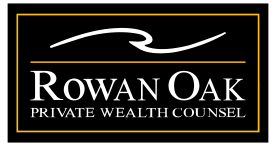We realize that the fallout of this pandemic has stretched far beyond the immediate impact to our physical health, but into the realm of our mental, emotional and spiritual wellbeings – and of course to our economic realities, including our investments.
Thankfully, as many of you are aware, vaccine rollout and coordinated central bank stimulus across the globe have the North American economy on track for a strong rebound this year, with many calling for the value factor to outperform growth this year. All good news for clients of RowanOak.
That said, this was difficult to imagine in the depths of panic just over a year ago. When markets drop, our very first instinct may be to sell immediately. The problem is: by the time we feel that urge to sell, it’s likely already too late to mitigate the damage. And the period immediately following a market decline is often the most profitable.
Here is a chart provided by our friends at CI illustrating exactly how important “time in the market” is, versus “timing the market”.

For more on the importance of resisting the impulse to time the market, please check out this article with recent data from the Bank of America.
KEY POINTS
- Looking at data going back to 1930, Bank of America found that if an investor sat out the S&P 500′s 10 best days per decade, total returns would be significantly lower than the return for investors who waited it out.
- And the market’s best days typically follow the largest drops, meaning panic selling can lead to missed opportunities on the upside.
And as always, a properly risk adjusted portfolio with a bias towards consistent cashflow will help you ride through market volatility.
Please reach out should you have any questions on your portfolio, or anything at all.
With warm regards,
Nikala
Nikala Radley-Smith, CIM
Portfolio Strategist & Director, Client Services
416-818-0125
[email protected]



